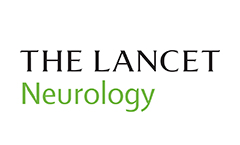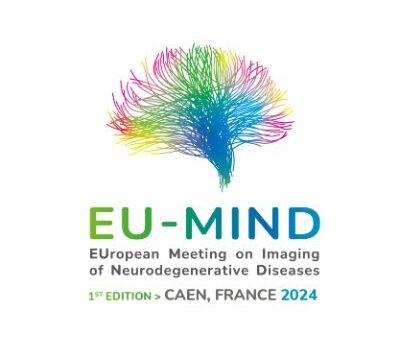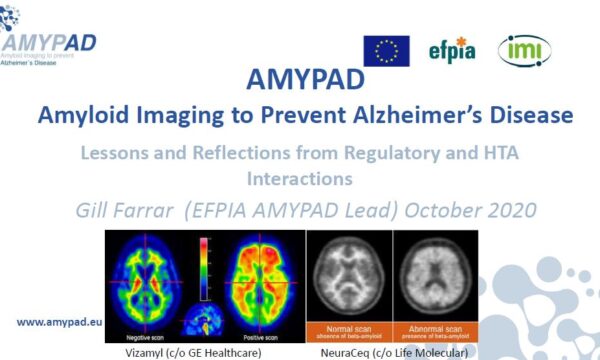On April 17th, the EPAD Academy held its fifth webinar, out of 14 scheduled for 2018. The AMYPAD project coordinator Frederik Barkhof gave a webinar on the Imaging in Alzheimer’s disease. If you are curious and interested to sit in on Frederik’s webinar, the recording is available on the EPAD You Tube channel here.
Abstract: In Alzheimer’s disease, pathological changes may arise up to 20 years before the onset of dementia. This predementia window provides a unique opportunity for secondary prevention trials. However, exposing non-demented subjects to putative therapies requires reliable biomarkers for subject selection, stratification, and monitoring of treatment. Neuroimaging allows the detection of early pathological changes, and longitudinal imaging can assess the effect of interventions on markers of molecular pathology and rates of neurodegeneration. This is of particular importance in predementia Alzheimer’s disease trials, where clinical outcomes have limited ability to detect treatment effects within the typical timeframe of a clinical trial. In trials targeting the amyloid pathway it is appropriate for inclusion, as well as to monitor treatment target engagement. Amyloid PET, however, has limited ability to stage disease and does not perform well as a prognostic marker within the timeframe of a predementia Alzheimer’s disease trial. Structural MRI, providing markers of neurodegeneration, can improve the identification of subjects at risk of imminent decline and hence play a role in subject inclusion. Atrophy rates (either hippocampal or whole brain), which can be reliably derived from structural MRI, are useful in tracking disease progression and have potential to serve as an outcome measure. MRI can also be used to assess comorbid vascular pathology and define homogeneous groups for inclusion or for subject stratification. Finally, MRI also plays an important role in trial safety monitoring, particularly the identification of amyloid-related imaging abnormalities (ARIA). Tau PET to measure neurofibrillary tangles burden is currently under development. We propose a strategy for longitudinal imaging to track early signs of Alzheimer’s disease including quantitative amyloid PET and yearly multi-parametric MRI.
The EPAD project has received support from the Innovative Medicines Initiative Joint Undertaking under grant agreement n° 115736, resources of which are composed of financial contribution from the European Union’s Seventh Framework Programme (FP7/2007-2013) and EFPIA companies’ in kind contribution.



